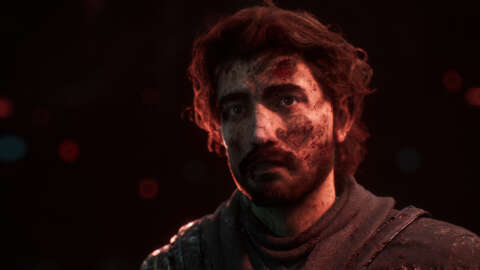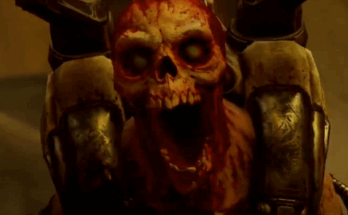Clair Obscur: Expedition 33 took the gaming world by surprise when it became one of the best reviewed games of 2025 so far, and sold over 3.33 million copies. It hit levels of online conversation and praise often reserved for the Elden Rings and Legend of Zeldas of the world. Part of that praise has described Clair Obscur: Expedition 33 as revitalizing the turn-based genre, something that isn’t really true unless you only play Final Fantasy games. But with the high praise from critics and positive reception from fans, it seems likely that Clair Obscur: Expedition 33 will influence future RPGs, and that can have both positive and negative repercussions. There are some aspects that maybe shouldn’t be taken for other games, but there are systems in here that other RPG developers absolutely should learn from.
RPGs should steal character-specific combat mechanics

On paper, Clair Obscur: Expedition 33’s use of character-specific combat mechanics just feels like a different version of classes or jobs in turn-based combat, but it goes beyond that. While a knight will excel at different aspects of combat than a mage, the flow of combat for each is typically either the same or has small differences, like the type of buffs and debuffs you can apply to each character.
The combat differences in Clair Obscur: Expedition 33 go far beyond class differences, and allow for great class building as a result. For example, the way that Maelle’s stance changing works encourages far different Lumina builds compared to Monocco or Lune, creating five characters that feel like distinct individuals, and not just class archetypes.



